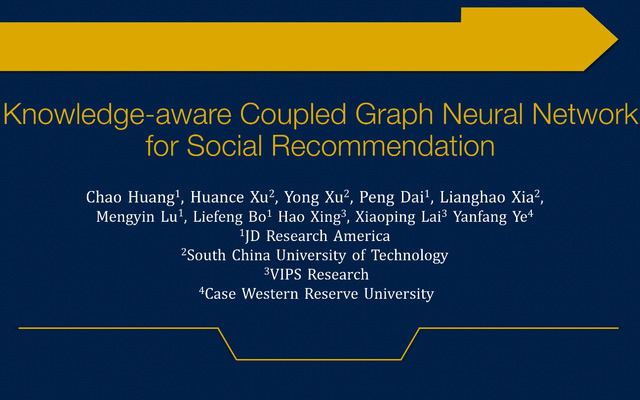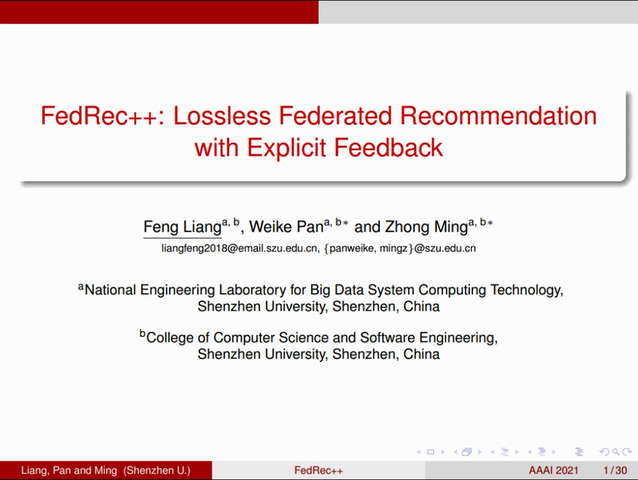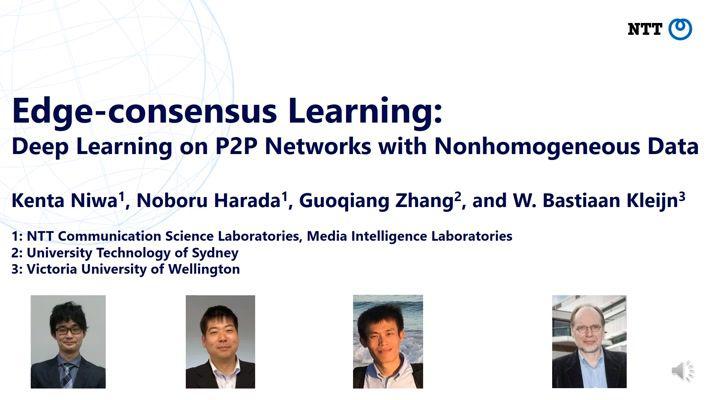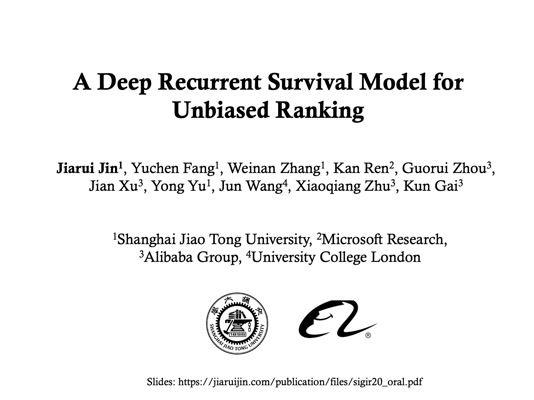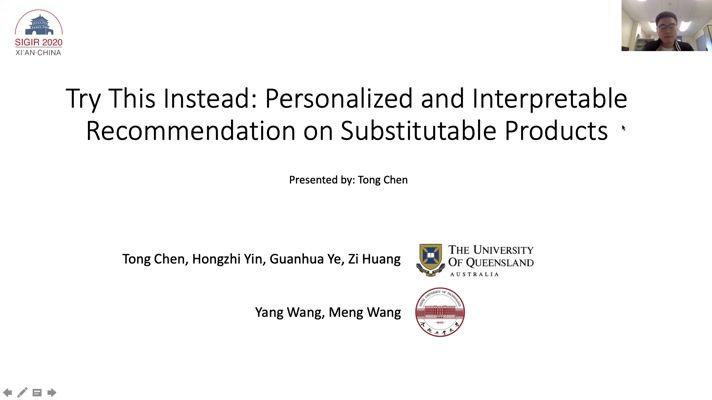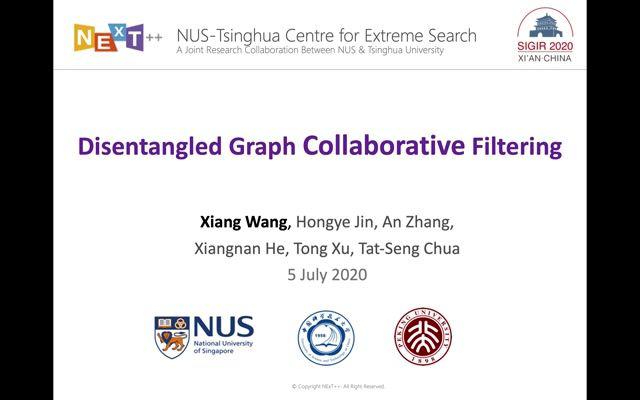Abstract:
Information diffusion prediction is a fundamental task for understanding the information propagation process. It has wide applications in such as misinformation spreading prediction and malicious account detection. Previous works either concentrate on utilizing the context of a single diffusion sequence or using the social network among users for information diffusion prediction. However, the diffusion paths of different messages naturally constitute a dynamic diffusion graph. For one thing, previous works cannot jointly utilize both the social network and diffusion graph for prediction, which is insufficient to model the complexity of the diffusion process and results in unsatisfactory prediction performance. For another, they cannot learn users’ dynamic preferences. Intuitively, users’ preferences are changing as time goes on and users’ personal preference determines whether the user will repost the information. Thus, it is beneficial to consider users’ dynamic preferences in information diffusion prediction.







